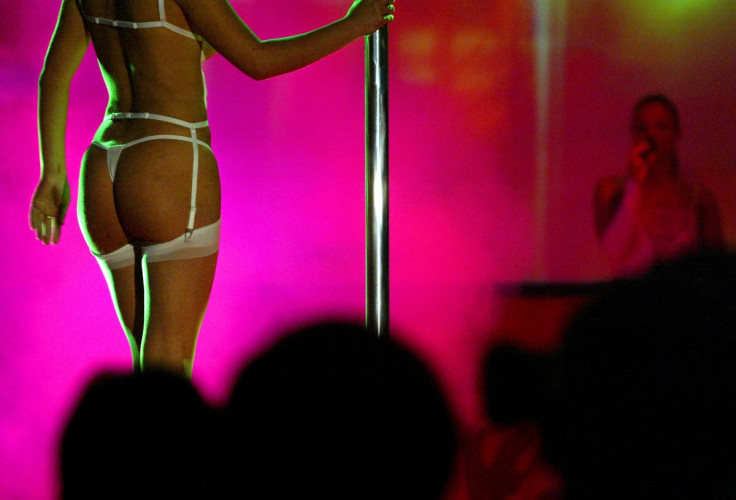Japan: Lawmakers lift decades-old ban on dancing in clubs and bars

Japan's clubs are all set to turn down the lights and raise the sound bar after lawmakers voted last week to lift a decades-old ban on dancing after the Cinderella hour.
The law dates back to 1948 during American occupation following the Second World War when dance halls were often a front for prostitution.
It had turned dancing into an underground culture in Japan, writes CNN.
A Let's Dance Petition Committee formed in 2013 gathered more than 150,000 signatures urging lawmakers to abolish the ban. In 2014 a parliamentary panel submitted a revised law to parliament.
The draft was modified by the police and the government before being ratified last week.
Dancing after midnight was against the law in clubs and bars, though surprisingly not in open streets.
The dance ban law demanded the clubs be well lit like a movie theatre with the lights on. This was mainly to prevent crimes.
Most bars and nightclubs had put up ostentatious "no dancing" signs, meant more for the police who had played along.
However, since 2010 some high-profile drug cases and club brawls led to a surge in club raids and arrests. Police resorted to the dancing ban law to arrest club patrons and DJs.
Daizo Murata, the owner of Sound Museum VISION and other Tokyo clubs, says he spent 21 days in jail for violating Japan's dancing ban and has operated in constant fear of police raids for years.
"I worry about it every day. I've been worrying for 30 years," Murata told CNN.
© Copyright IBTimes 2025. All rights reserved.



















